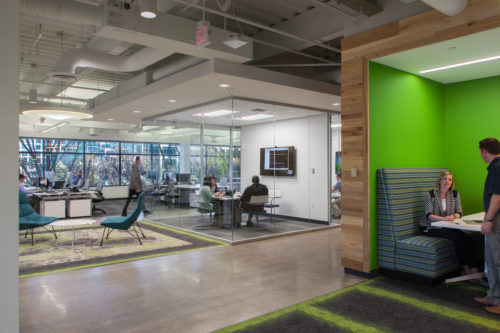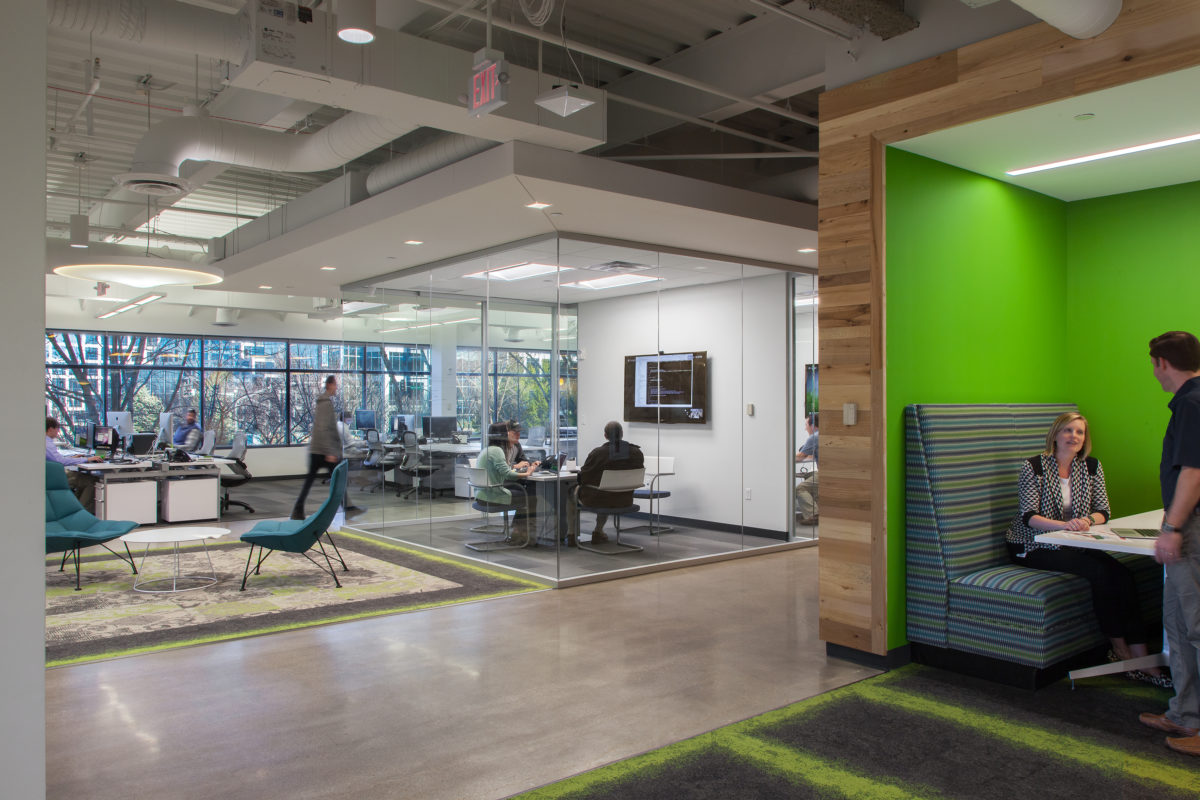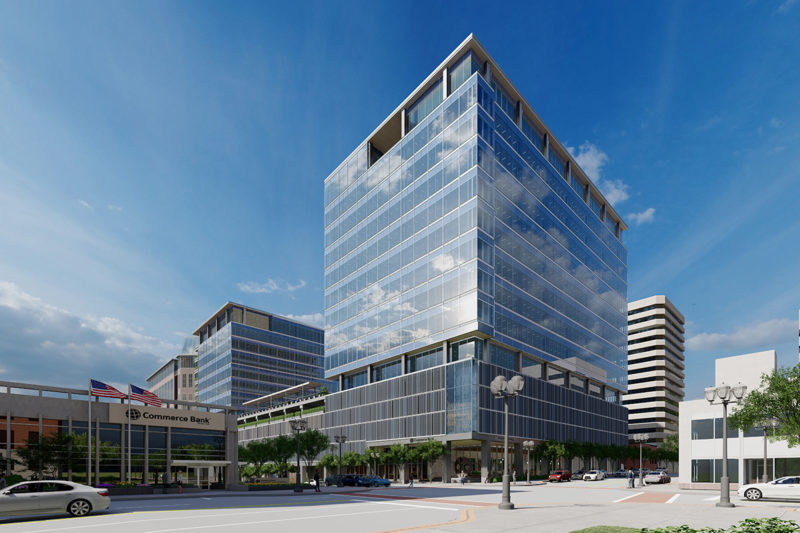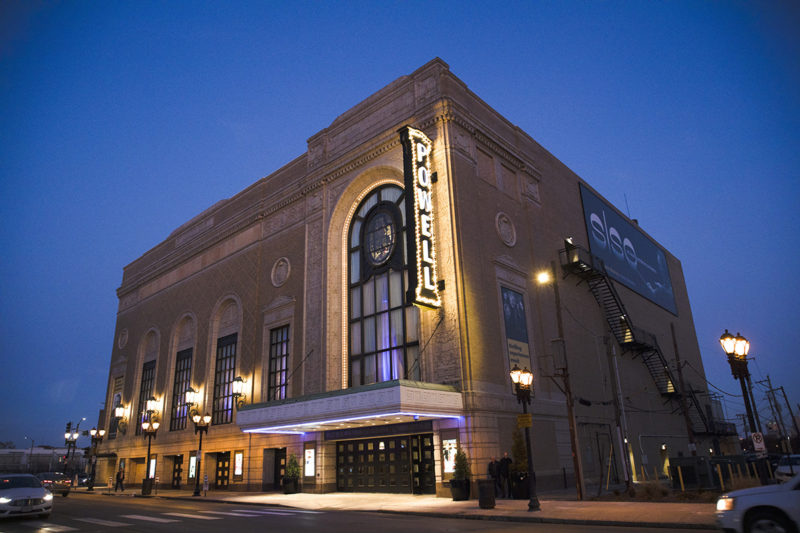NOW is the time for businesses to invest in people (and your real estate portfolios). We find ourselves at an interesting moment in time: unemployment is historically low , the corporate tax rate is plummeting, and technology supports work flexibility.
It’s a seller’s market in the employment exchange, so how do you attract and retain the best talent? There are, of course, compensation packages and perks, but the employer that relies solely on benefits to woo employees is missing the boat.
A 2014 study out of Australia found that while salary and benefits are the biggest factor impacting employer appeal (45%), workplace culture (32%) and facilities (16%) combine to outweigh the influence of compensation. So how do prospective employees make judgments about workplace culture? Most rely on a visual assessment of the intended workplace to make this determination:
- Is your company’s culture reflected in the design of your workplace?
- Does your space feel modern & open?
- Is there ample natural light and access to nature?
- Does it look like creative people work here (are there spaces for casual meetings, teaming sessions, and socialization)?
Subtle cues will attract the prospective employee, but a workplace that WORKS will help retain them. Choice of where and when to work is one of the most important factors influencing innovation and engagement :
- Does your technology support a nimble workforce (working in the location most conducive to the task at hand and with evolving teams)?
- If within an open office, are there places to get away (for heads down work, conference calls, huddles, recharge)?
- Within the office are there the right quantity, size, and proximity of formal and informal meeting spaces with the technology and equipment to enable productive meetings?

The open, transparent design of The Climate Corporation’s St. Louis office reflects the company’s culture of open collaboration, learning, and team building. Christner’s workplace team deployed alternate work seating in proximity to benching workstations and meeting spaces to create a flexible work environment that is supportive of individual and group needs. Our analytic tools & benchmarking data guided decisions on quantity and size of meeting, support, and alternate work spaces, while our material palette reflects The Climate Corporation’s mission and brand. The result is an award winning design that exceeded our client’s expectations, and supports their employee’s productivity, health, and wellbeing.
_____________________________________________________________________________
References:
[1] 4.1% as of October 2017. 2001 was the last time we saw rates this low.
[2] December 22, 2017 – The US President signed the Tax Cuts and Jobs Act ushering in a 14% cut in the corporate tax rate.
[3] Coster, S., & Govan, C. (2014). Research Findings: Does Workplace Design Affect Employee Attraction? [Pamphlet]. Melbourne, Australia: HASSELL + Empirica.
[4] An open feel does not necessarily demand an open office.
[5] Elzeyadi, I. (2011). Daylighting-Bias and Biophilia: Quantifying the Impact of Daylighting and Occupants Health. School of Architecture & Allied Arts – University of Oregon.
[6] A sea of gray cubicles elicits a soul-crushing recollection of movies like Office Space, The Crowd, and Playtime.
[7] Center for the Built Environment at the University of California, Berkeley. “Measuring Productivity.” Centerline, Newsletter of the Center for the Built Environment at the University of California, Berkeley, Summer 2012.
[8] The Climate Corporation office won a 2016 St. Louis AIA Merit Award for Interiors and a 2017 St. Louis IIDA Award for Interiors.



